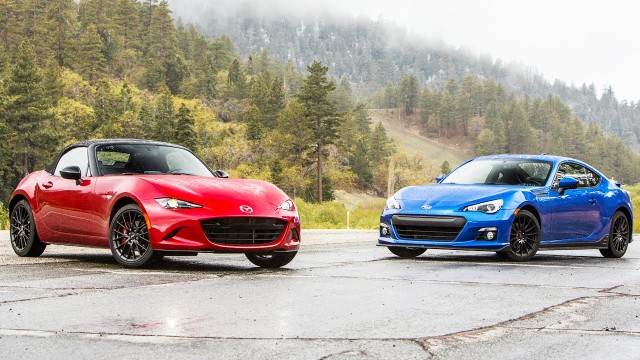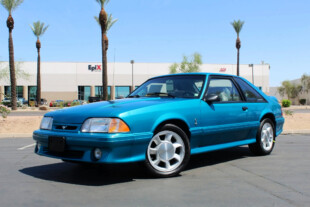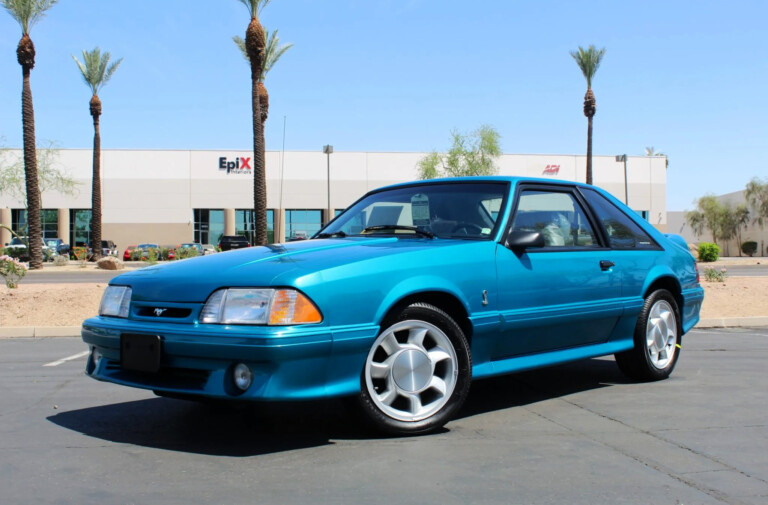Comparing these two illustrates a fascinating difference in design philosophy between what many might consider very similar cars. To make the obligatory concession, some aspects of these cars are quite similar: they’re both cars with little power, relatively low grip, short wheelbases and front engine, rear wheel-drive layouts. With these kind of attributes, the temptation is to throw them sideways, and, interestingly, it is in the way they react to thrashing is where they differ.
The GT86, the result of thirty years of sideways antics, was designed to plaster a mile-wide smile on the driver’s face. It doesn’t have much grip nor much grunt, but it steers well and is inclined to rotate in a fashion that won’t terrify the driver. The propensity to drift is appreciated since it slides so beautifully and progressively and this makes the driver look and feel like a hero. All this joy comes at the expense of outright lap time, though one could speculate that by replacing the Prius tires which come stock, the GT86 might be a very different car.
Mazda’s newest iteration of the Miata is, ostensibly, a much more serious machine. Considering the prevalence of the MX-5 Miata in racing circles nearly everywhere in the world, the way the Miata is sorted shows respect for its elders. Crucially, the MX-5 is a bit lighter, which should edge it forward – at least on paper. In practice, the MX-5 benefits from better rear grip and slightly better braking performance. Observably, the MX-5 seems sharper and breaks away in a more reliable fashion – the slides can be measured in millimeters whereas the Toyota slides inch-by-inch. The results are strikingly similar despite two very different design philosophies – which would you choose?






















